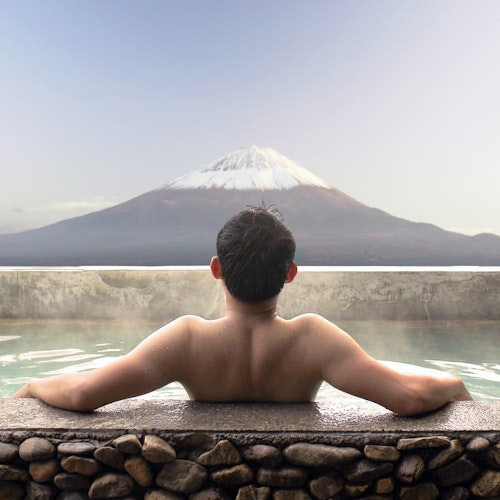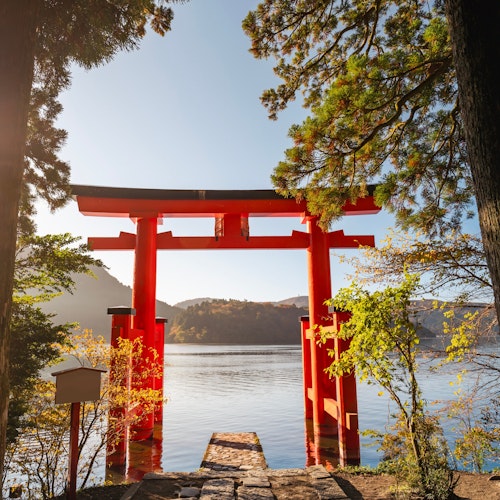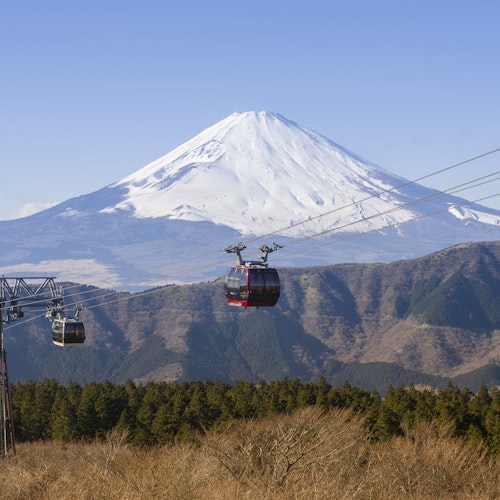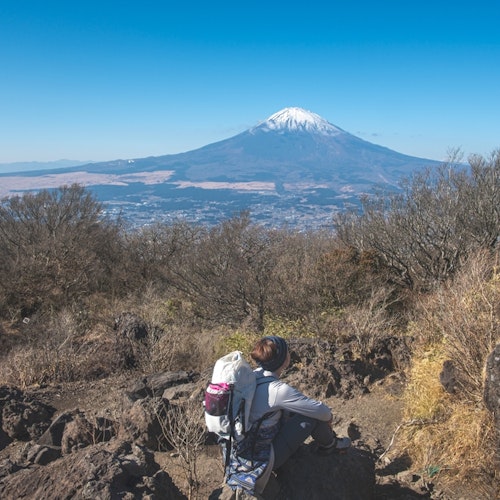
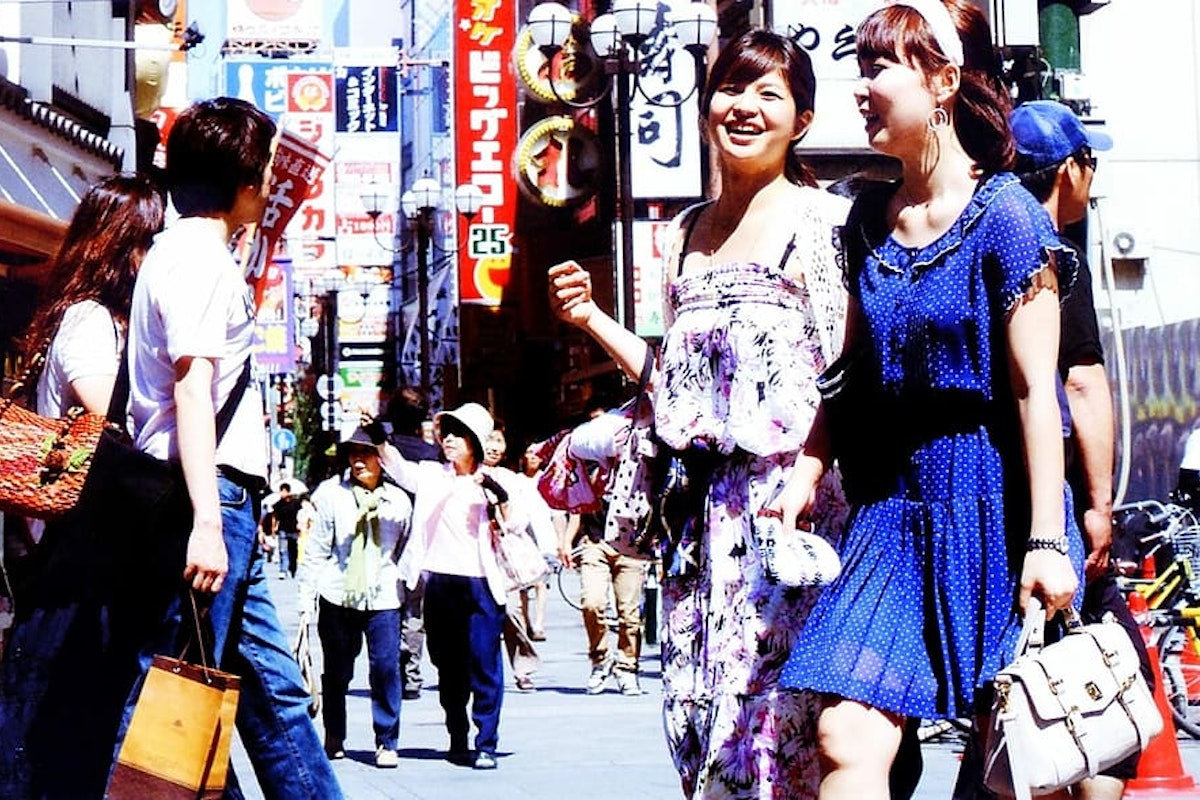
Japan has a rich history but is also known for setting new trends. One of the best examples of this is Japanese street fashion, which is more than just clothes—it’s a way for people to express themselves. It’s colorful, creative, and has become popular all over the world. From the fun and unique Harajuku style to the elegant and fancy Lolita fashion, each style is a mix of old Japanese traditions and modern ideas.
Japanese street fashion has many different styles, each with its own look and meaning. For many people, fashion isn’t just about dressing up—it’s a way to show their personality, creativity, and lifestyle. Some love the cute and vintage-inspired Lolita style, while others prefer the bold and stylish Gyaru fashion or the soft and nature-inspired Mori Girl look. Let’s explore this amazing world of Japanese street fashion—where it started, its most popular styles, and the ideas behind it.
Japanese street fashion, known for its eclectic and daring styles, has deep roots that trace back to significant periods of cultural and societal change. It emerged as a powerful form of self-expression and subversion, reflecting the evolving mindset of the Japanese youth. Understanding the origins of Japanese street fashion requires examining the post-war era and the subsequent economic boom, which played pivotal roles in shaping this vibrant fashion culture.

In the aftermath of World War II, Japan experienced a profound societal transformation. The devastation left by the war prompted a desire for renewal and an eagerness to break away from traditional norms. This newfound spirit of rebellion and a thirst for individuality laid the groundwork for the rise of a new fashion culture.
During this period, young Japanese individuals sought to distance themselves from the rigid expectations and constraints of the past. Fashion became a means of self-expression, allowing them to reject conformity and embrace their unique identities. Inspired by the Western counterculture and influenced by American military fashion, Japanese youth began to experiment with unconventional styles, incorporating elements like denim, military surplus, and a disregard for traditional gender roles.
The economic boom of the 1980s brought unprecedented growth and prosperity to Japan. With newfound affluence and access to global influences, the Japanese fashion landscape underwent a dramatic transformation. The rise of a vibrant middle class and an increased emphasis on individuality further fueled the fashion fire. Major cities like Tokyo became epicenters of fashion innovation, with districts such as Harajuku and Shibuya becoming synonymous with avant-garde street style. The streets became runways, showcasing a diverse array of fashion subcultures and experimental looks.
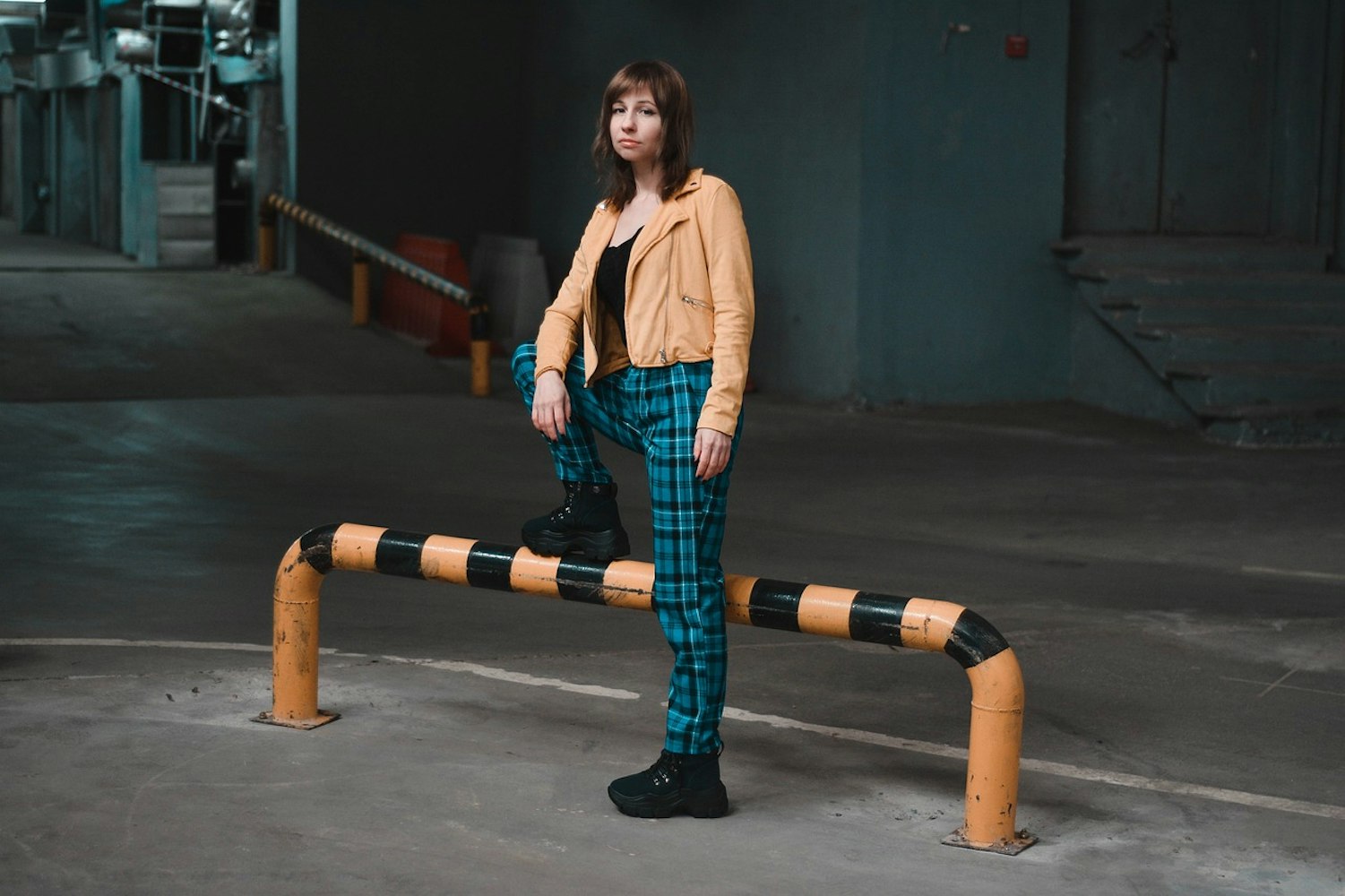
The combination of economic prosperity, globalization, and a growing consumer culture created a fertile ground for Japanese street fashion to flourish. During this period, Japanese designers gained international recognition, and the world took notice of the country's unique fashion sensibilities. The fusion of traditional Japanese aesthetics with Western influences resulted in a distinctive and captivating fashion scene that continues to captivate and inspire fashion enthusiasts globally.
Harajuku, a vibrant district in Tokyo, holds the esteemed title of being the beating heart of Japanese street fashion. It is a place where creativity flourishes, and fashion becomes a form of artistic expression. Harajuku's streets are a melting pot of unique styles, attracting fashion enthusiasts from around the globe.
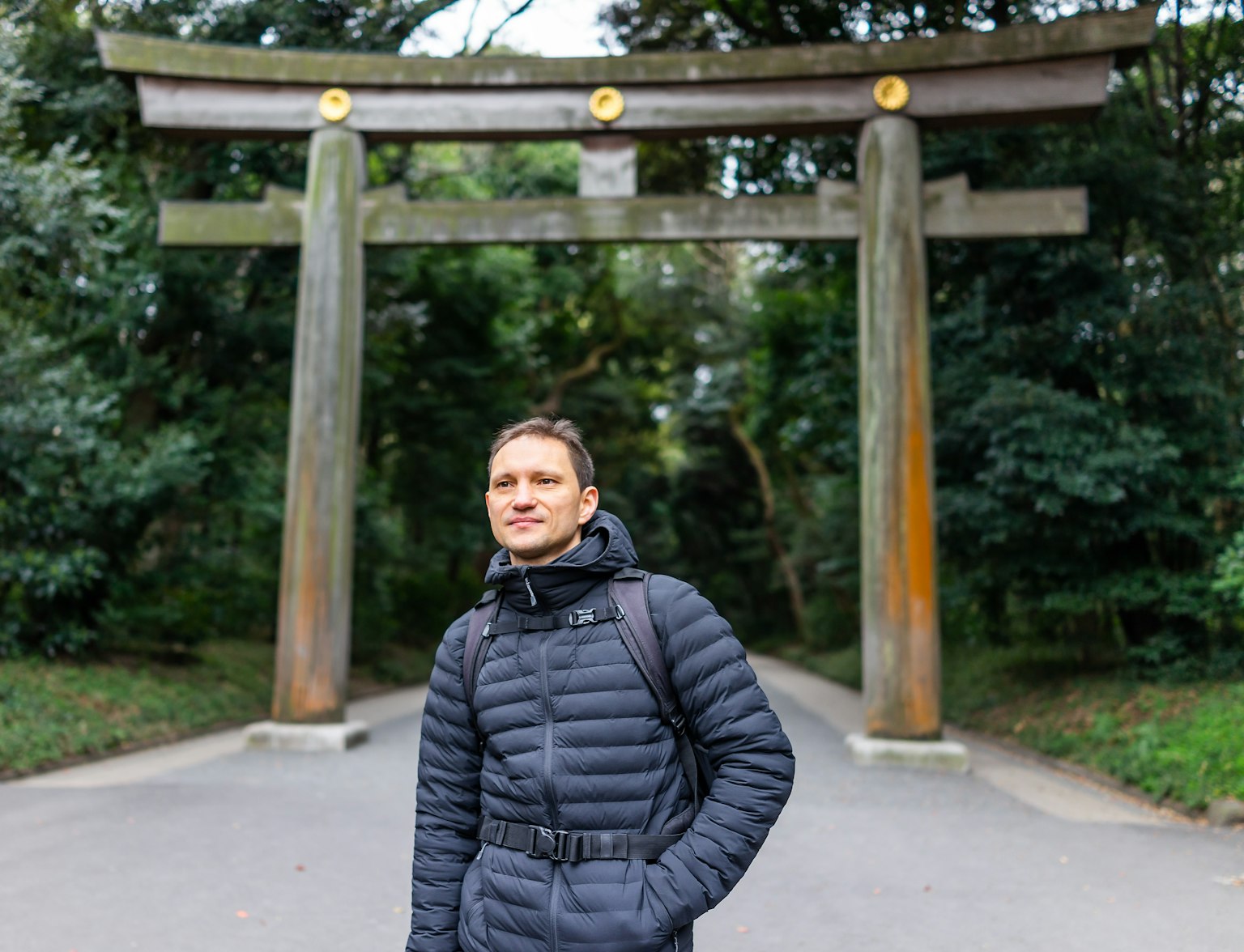
Witness Harajuku's fashion culture.
One of the most iconic and recognizable styles to emerge from Harajuku is Lolita fashion. Inspired by Victorian and Rococo aesthetics, Lolita fashion combines delicate frills, voluminous skirts, and elaborate accessories to create a whimsical and elegant look. It is a style that celebrates femininity and embraces a sense of childlike innocence, while also challenging traditional beauty standards.
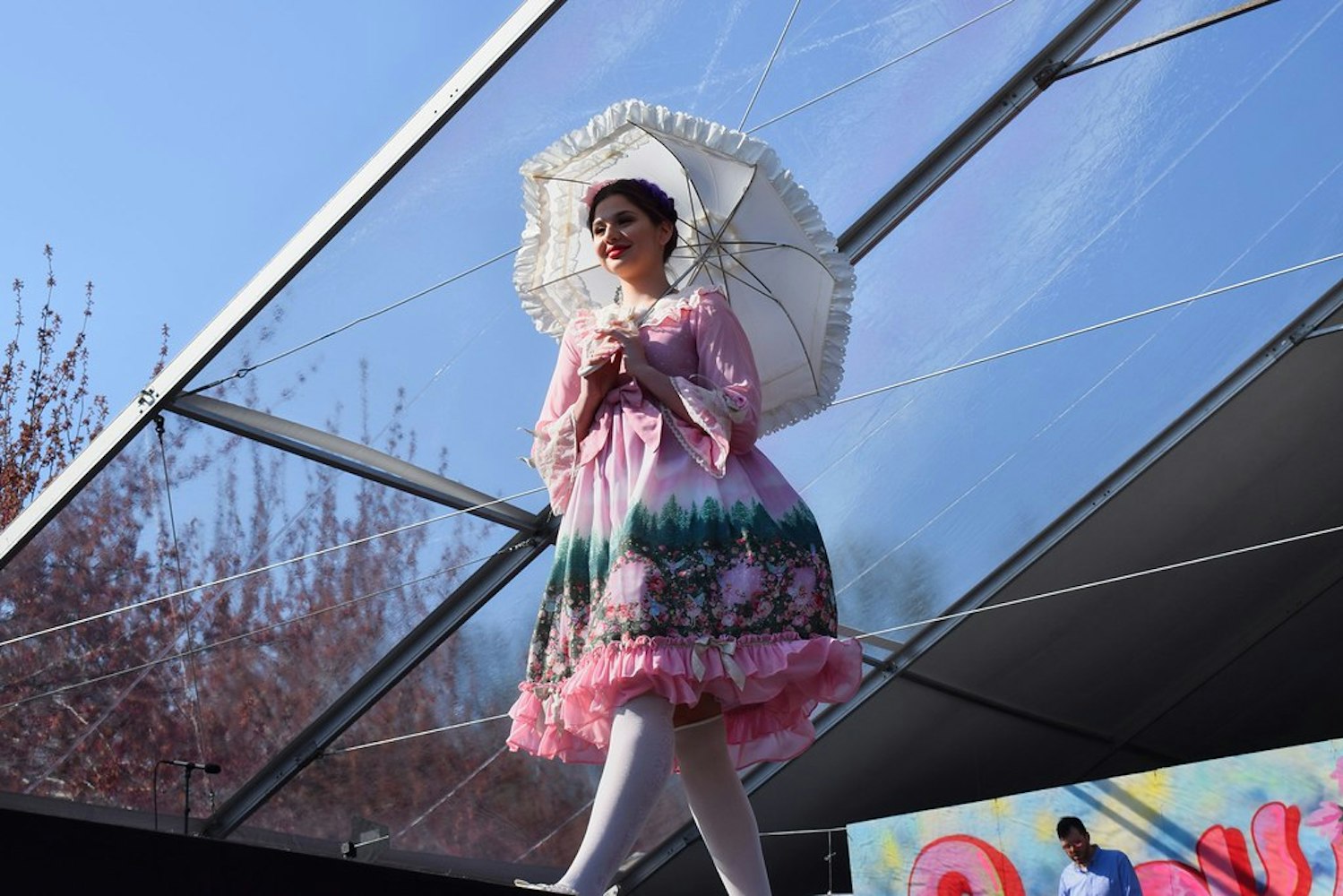
Image Credit: Evie Murphy
Within the Lolita fashion subculture, there are various subcategories, each with its distinct characteristics. Gothic Lolita embodies a darker aesthetic with elements of Victorian gothic fashion, while Sweet Lolita embraces pastel colors and a more playful and saccharine aesthetic. Punk Lolita infuses elements of punk and rebellion into the delicate Lolita silhouette, resulting in a unique juxtaposition of styles.
Gyaru fashion represents a bold and glamorous trend within Japanese street fashion. The term "gyaru" translates to "gal" in English, reflecting the inspiration drawn from Western fashion and celebrity culture. Gyaru style is characterized by its emphasis on tanned skin, dramatic makeup, and flamboyant clothing choices.
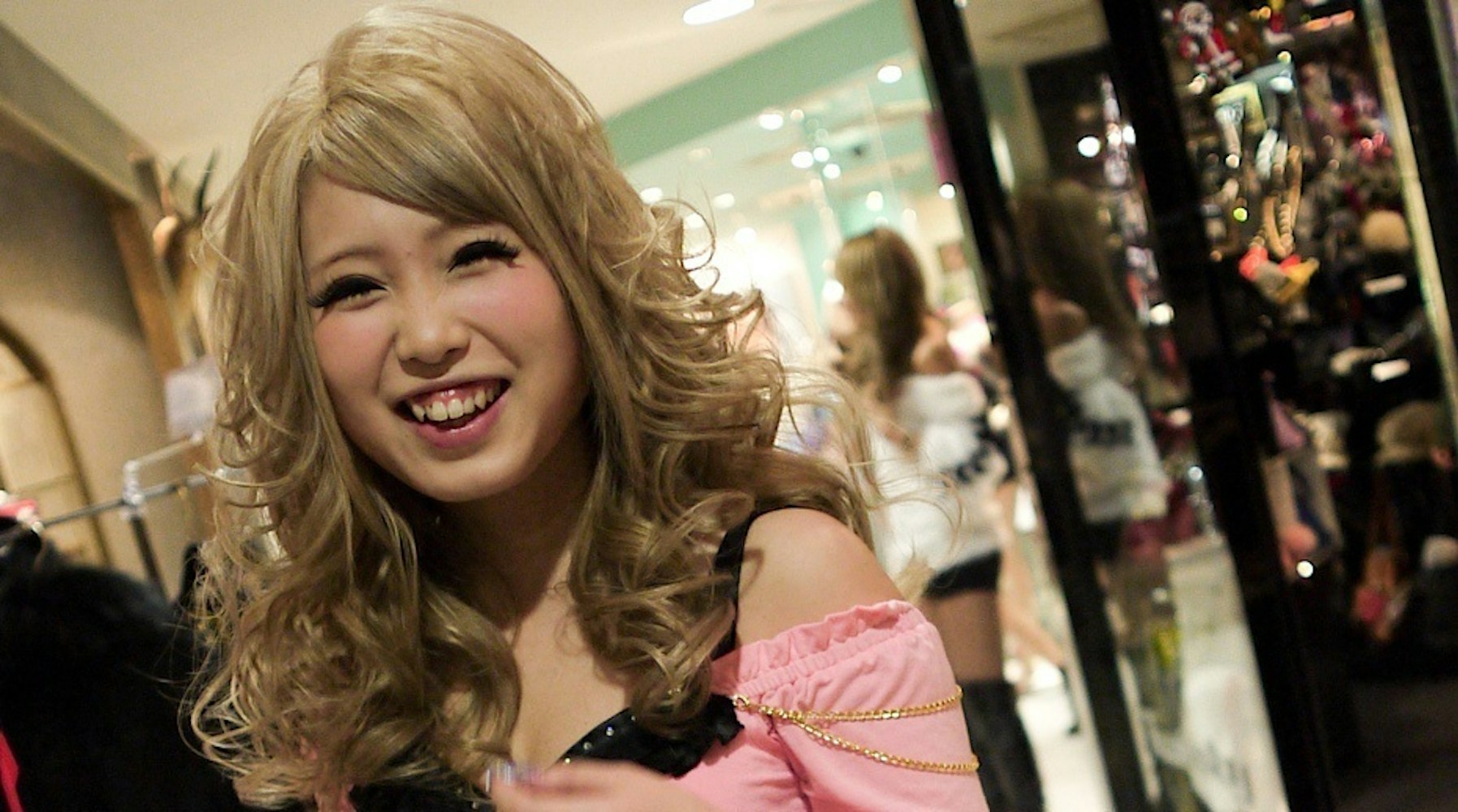
Gyaru fashion emerged as a rebellion against traditional Japanese beauty standards, which valued pale skin and demureness. It became a symbol of confidence and self-expression for young women in Japan. The style often features flashy and colorful attire, with an abundance of accessories and attention-grabbing hairstyles. Gyaru fashion encompasses various subcategories, such as Hime Gyaru (princess-like style), Ganguro (deep tan with vibrant makeup), and Onee Gyaru (elegant and mature style).
Decora fashion is a vibrant and visually striking style that originated in Harajuku. It is characterized by an explosion of colors, layering, and an abundance of accessories. Decora enthusiasts believe in the philosophy of "more is more," adorning themselves with countless accessories, from hair clips to colorful socks, creating a unique and playful aesthetic.
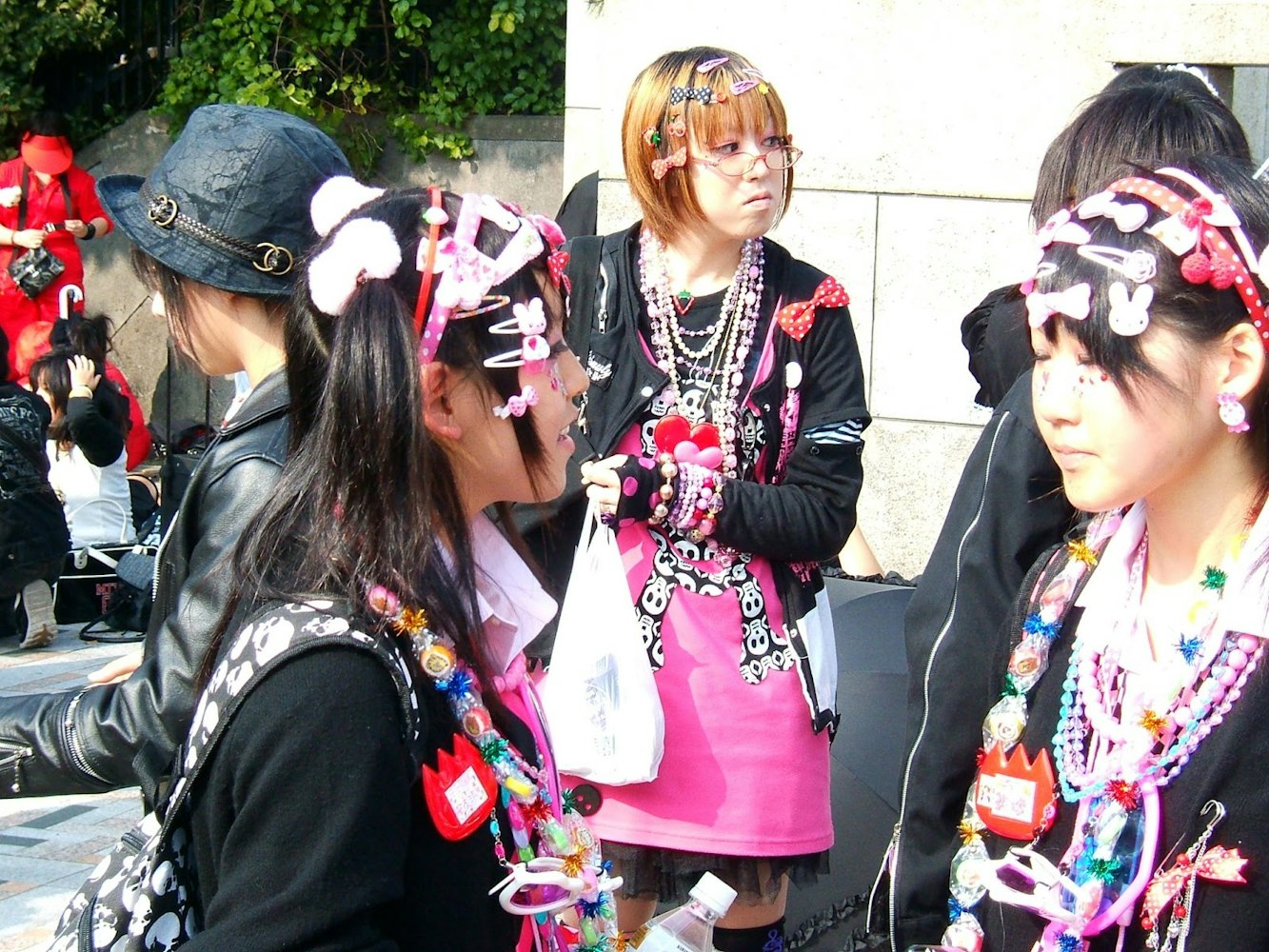
This style encourages self-expression and individuality through a riot of colors and patterns. It embraces the idea of personal joy and happiness, using fashion as a means of spreading positivity. Decora fashion represents a celebration of youth, creativity, and the freedom to break away from conventional fashion norms.
Japanese streetwear is a dynamic and influential force in the global fashion landscape. It represents a harmonious fusion of Eastern and Western aesthetics, resulting in a unique and captivating style that has garnered immense popularity worldwide. This fashion movement goes beyond clothing; it has become a cultural phenomenon, reflecting the spirit of urban youth culture and embracing elements from various subcultures.
One of the significant influences on Japanese streetwear is American casual wear. The introduction of American fashion to Japan, particularly during the post-war era and the subsequent occupation, had a profound impact on the country's fashion sensibilities. The relaxed and effortless style of American casual wear, with its emphasis on comfort and functionality, resonated deeply with the Japanese youth.

Elements such as denim jeans, t-shirts, hoodies, and sneakers became prominent features in Japanese streetwear. However, Japanese streetwear didn't merely copy American styles; it infused them with its own unique flair. Japanese designers and fashion enthusiasts added their creative touches, reinterpreting and reinventing American casual wear to suit their individualistic and avant-garde tastes.
Alongside the influence of American casual wear, the rise of global streetwear brands has played a significant role in shaping Japanese streetwear culture. Brands like Supreme, Off-White, BAPE, and many others have gained a strong following in Japan, capturing the attention of fashion enthusiasts and creating a cult-like status.
These global brands brought a fresh perspective to the Japanese fashion scene, introducing innovative designs, limited-edition collaborations, and a sense of exclusivity. Japanese consumers embraced these brands, integrating their styles into their own unique fashion narratives. The presence of global streetwear brands in Japan further fueled the creativity and enthusiasm within the local streetwear community, resulting in a rich and diverse fashion landscape.
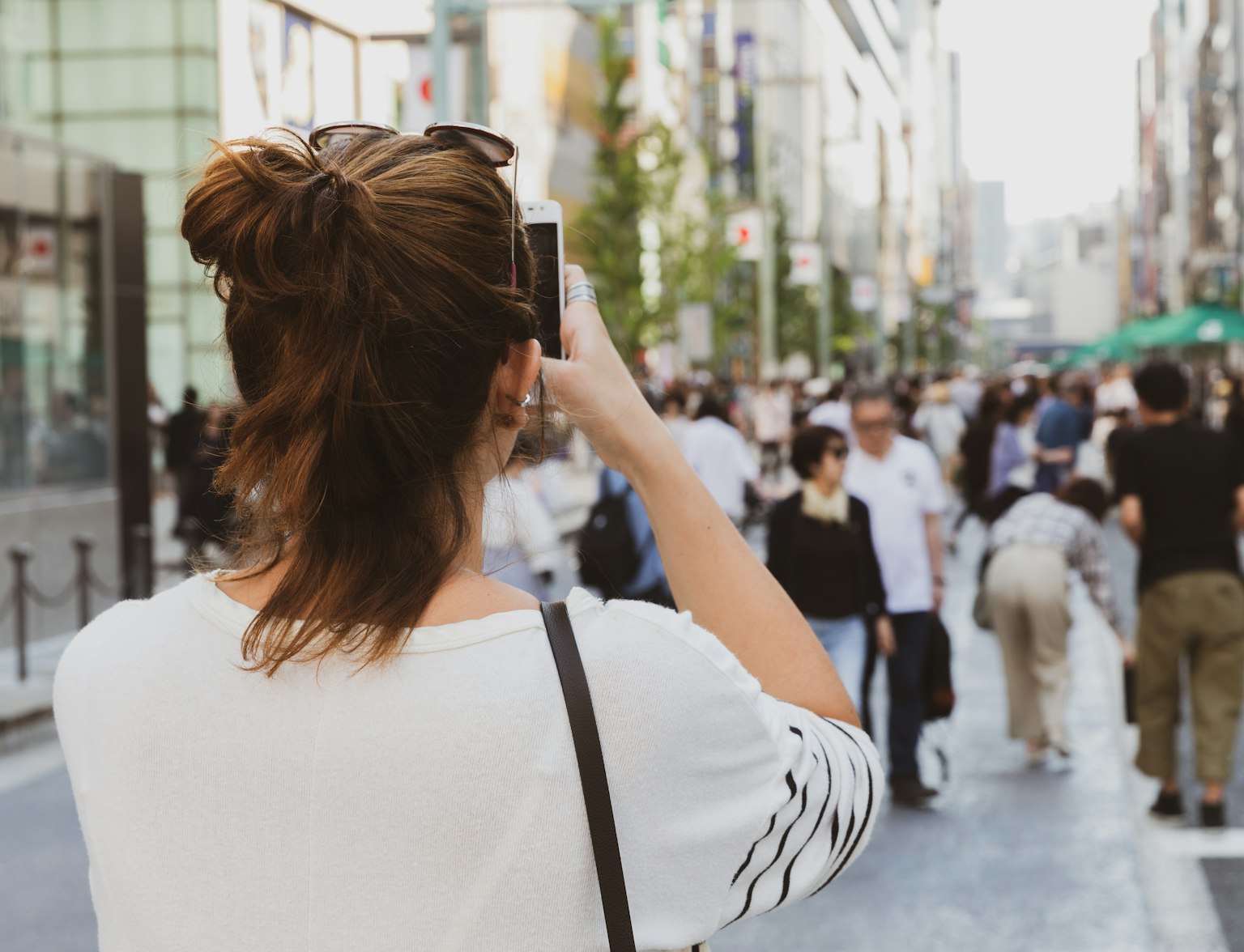
Shop til you drop for these brands around Tokyo.
Mori Girl style, originating in Japan, is a unique and enchanting fashion movement that draws inspiration from nature and the beauty of the forest. The term "mori" translates to "forest" in Japanese, and this style seeks to capture the essence of a serene and rustic lifestyle. Mori Girl fashion is characterized by its dreamy and ethereal aesthetic, evoking a sense of nostalgia and a deep connection to the natural world.
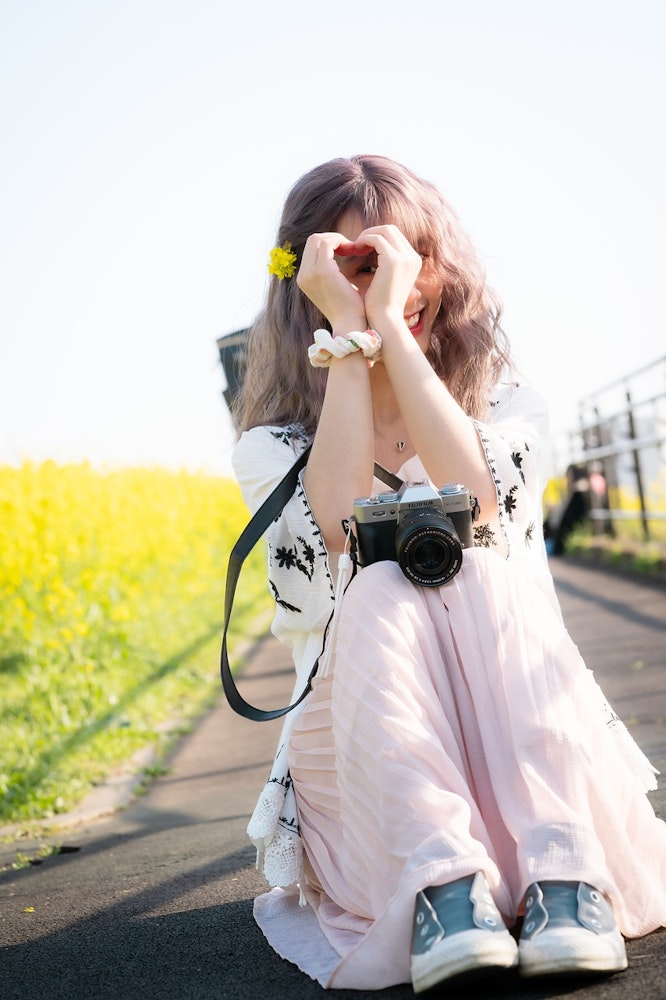
At the core of Mori Girl style lies a philosophy centered on simplicity, mindfulness, and embracing a slower pace of life. This fashion movement rejects the fast-paced consumer culture and instead encourages a focus on nature, personal well-being, and sustainability. Mori Girls embrace a romanticized vision of rural life, finding beauty in simplicity and appreciating the tranquility that nature provides.
Mori Girl style embraces a loose and layered silhouette, often featuring soft and flowing fabrics in earthy tones. The emphasis is on comfort, with a preference for natural materials such as cotton, linen, and wool. The overall aesthetic exudes a sense of coziness and a longing for a connection to the natural world.
To embrace the Mori aesthetic, consider incorporating elements such as loose-fitting dresses, oversized cardigans, and flowy skirts into your wardrobe. Opt for earthy colors like moss green, warm browns, and muted neutrals to capture the natural palette of the forest. Layering is key, so experiment with combining different textures and fabrics to create depth and visual interest.
Accessories play a crucial role in completing the Mori Girl look. Consider adding vintage-inspired accessories like lace gloves, floral headbands, and delicate jewelry with nature-inspired motifs. Footwear choices often include ankle boots, Mary Janes, or rustic-style sandals that complement the overall aesthetic.
